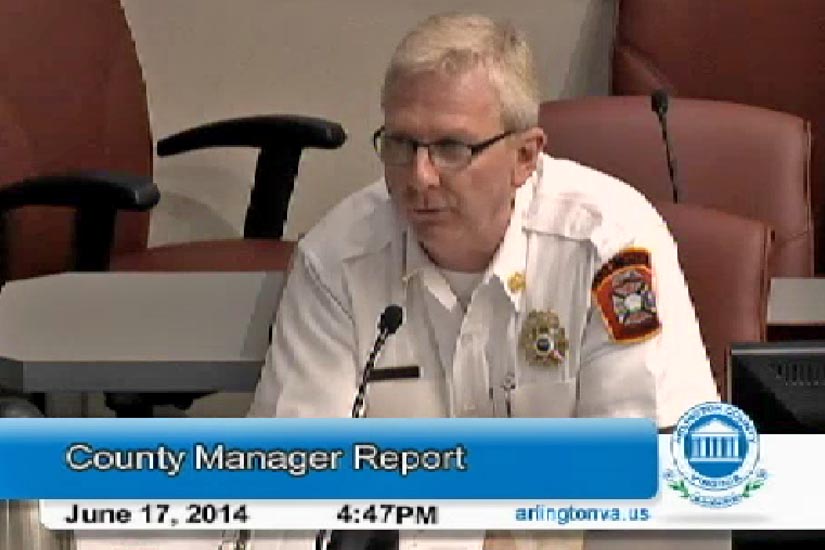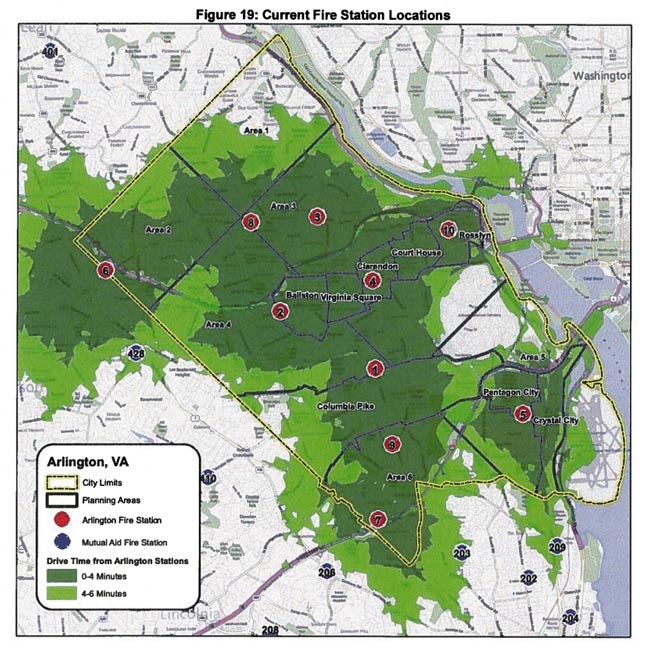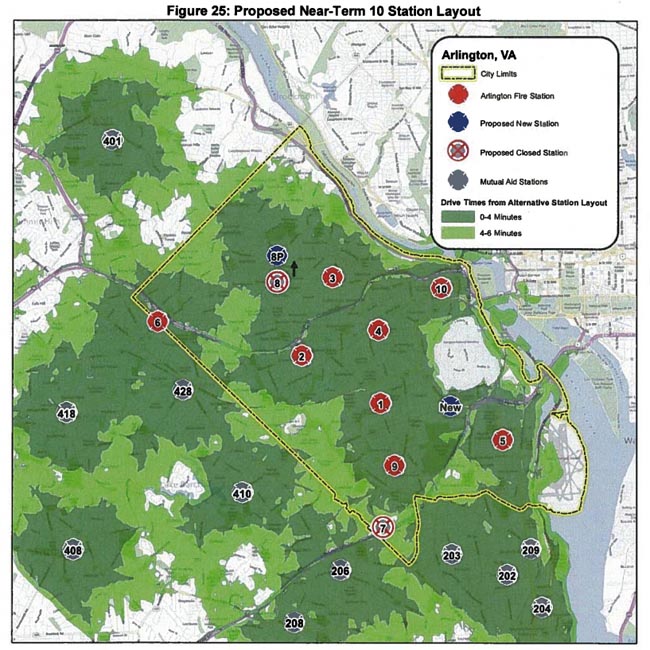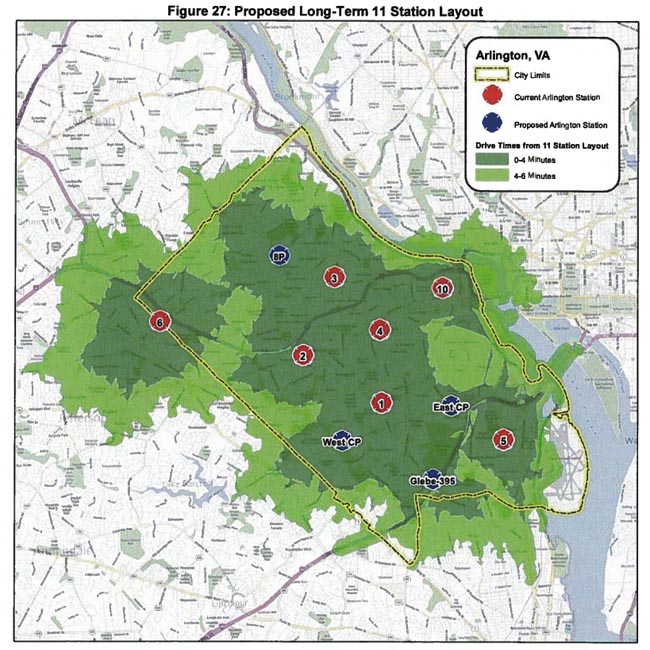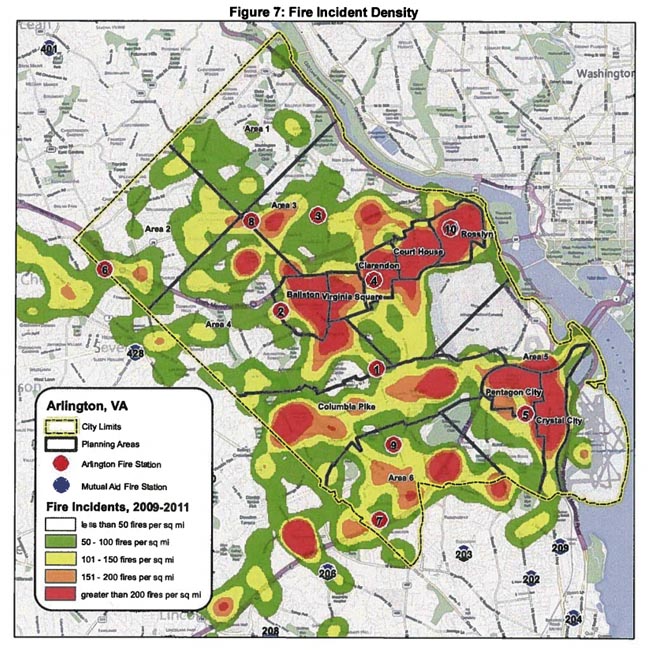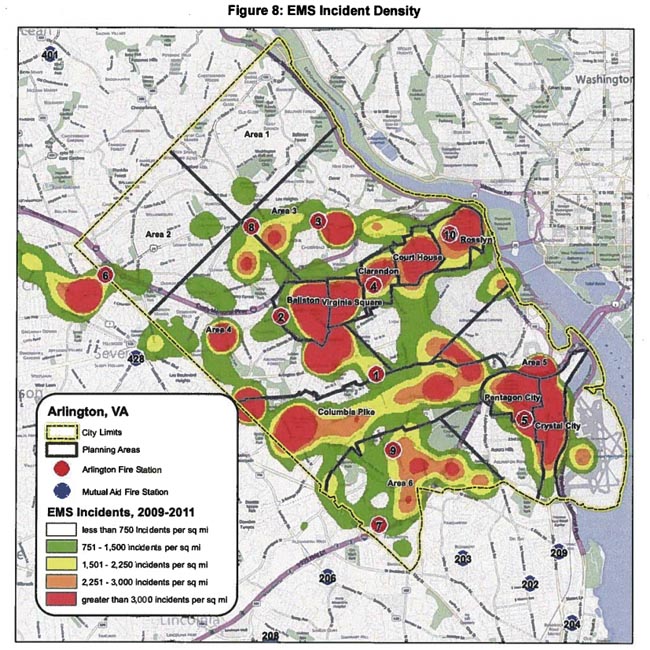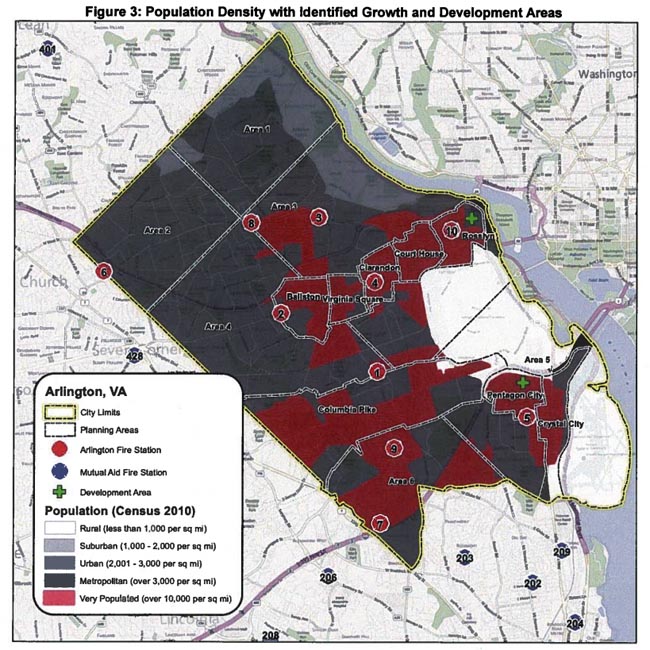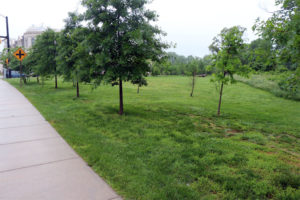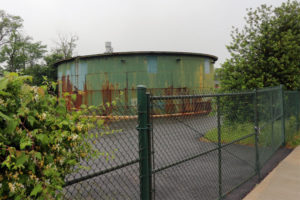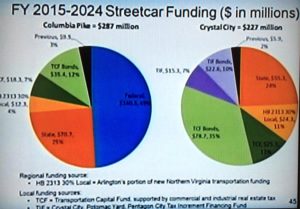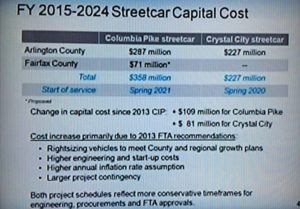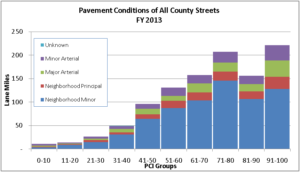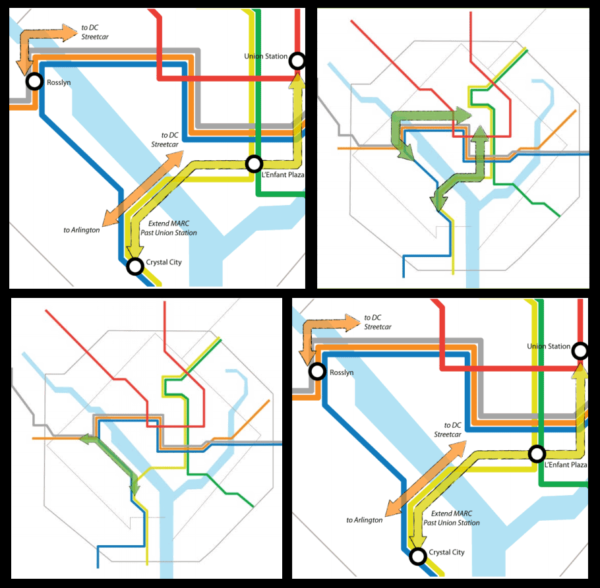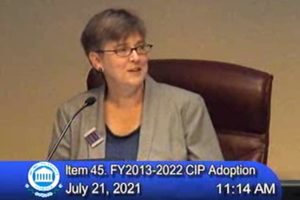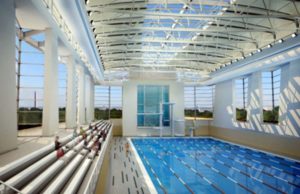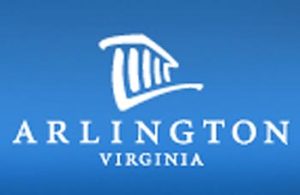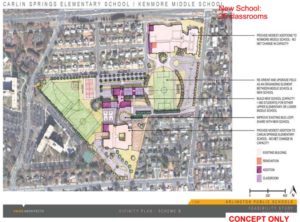 Democratic Arlington County Board candidate Alan Howze is calling for a “broad-based community process” to develop a plan for better utilizing public lands around the county.
Democratic Arlington County Board candidate Alan Howze is calling for a “broad-based community process” to develop a plan for better utilizing public lands around the county.
Howze is running for a four-year term on the County Board in the general election Nov. 4 against Republican- and Green-backed independent John Vihstadt, who defeated Howze in a special election for the Board seat in April.
The county has promoted its “Public Land for Public Good” platform during its deliberations over the 2015-2024 Capital Improvement Plan. County Manager Barbara Donnellan’s recommendation for moving a fire station to green space near Marymount University and the Arlington School Board’s proposal to build an elementary school on a park next to Thomas Jefferson Middle School (125 S. Old Glebe Road) have drawn criticism for, among other reasons, not including sufficient community input.
“The County Board and School Board have made good faith efforts to address very pressing community needs and their staffs have presented options for some of the most critical of these needs,” Howze said in a press release. “But I share the frustration of community members who feel that key decisions that will affect our community for decades should have more meaningful public input at an early stage as proposals are being developed.”
In his 577-word press release, Howze declines to state a position on any of the specific public land use proposals, simply advocating for more discussion while pointing out the “critical need for school capacity, affordable housing, open space, and public safety and public works infrastructure.”
Vihstadt will have a hand in determining the fate of public land when he and the County Board vote on the 10-year CIP on Saturday. He sent ARLnow.com the following response to Howze’s call for a discussion on the issue:
Land and money are finite. Setting county priorities often requires hard decisions. I heard loud and clear that citizens believe many major decisions made by both the County Board and the School Board too often originate and get settled from the top down rather than from the ground up. As a County Board member, I’m working with my colleagues and communities across Arlington to help ensure that our planning process begins earlier, includes all stakeholders, and truly considers and accommodates the sometimes competing needs and diverse interests of our County.


